Hunting mushrooms is a lot of fun, and it’s something anyone can do, no matter their age or physical ability. Successful mushroom foragers aren’t born overnight, though. As with any skill, mushroom hunting takes time and practice to perfect. The good news is anyone can be a successful mushroom forager if they develop the right skills.
If you’re new to foraging or want to try new ways to hone your mushroom-hunting skills, keep reading.
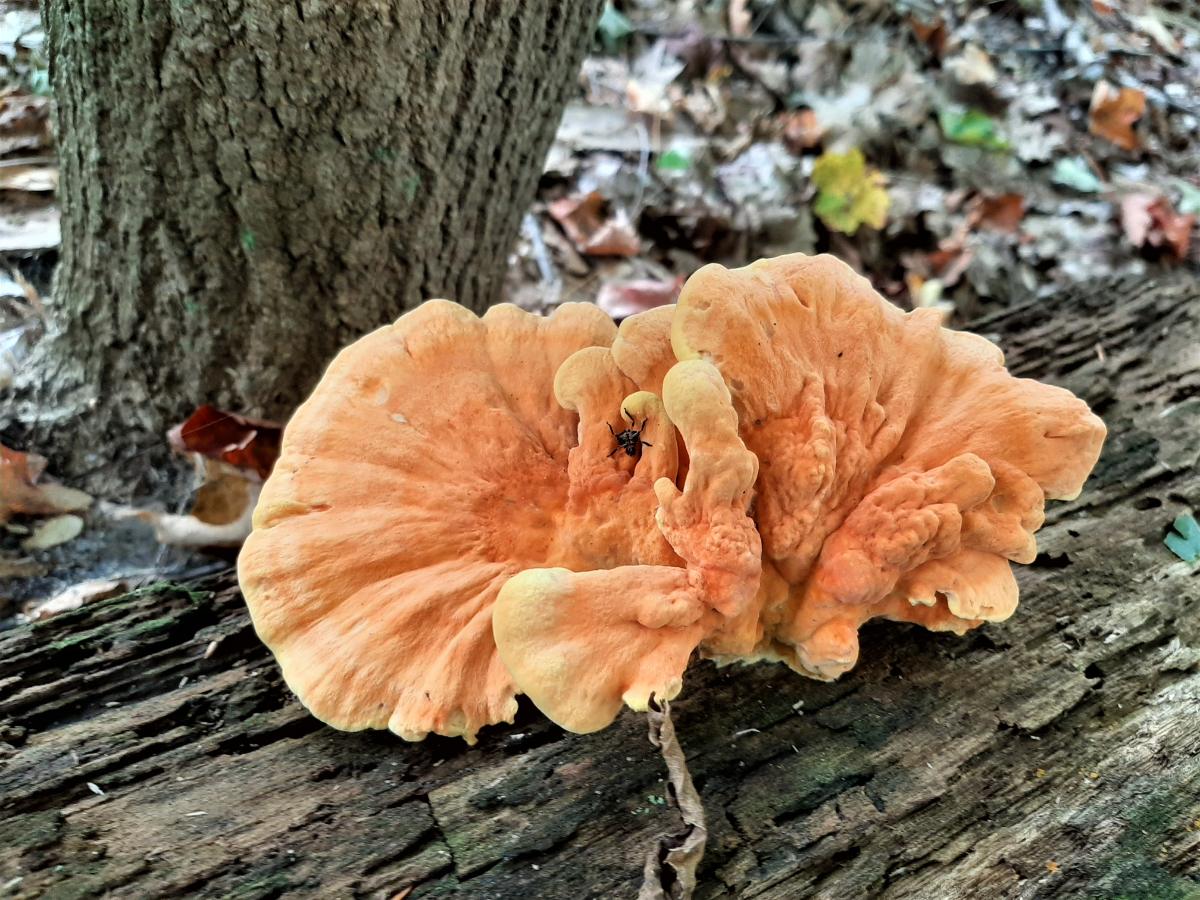
Jump to:
- The 3 P’s of Successful Mushroom Foragers
- Journaling For Mushroom Foraging Success
- Join a Mushroom Forager Club
- Use Online Resources
- Read A Book (Identification Book, that is)
- Embrace Nature and Follow The Rain
- Develop Your Mushroom Eyes
- Habitat Is Paramount
- The Victorious Roadside Mushroom Forager
- Be Willing To Make Mistakes (But Not Deadly Ones)
The 3 P’s of Successful Mushroom Foragers
Practice
As amazing as it would be to wake up one day and be an extraordinary mushroom forager, that’s just not how the world (or our human brains) works. Success requires practice, and not just practice going out in the woods and looking around. Although hitting the woods is super important, of course. Practice is really about learning the mushrooms, learning the techniques to identify mushrooms, and putting that knowledge to the test in the field.
Get some mushroom foraging books specific to your region, to start. Read them. Study the images. Learn what a spore print is, how many ways a cap can be shaped and described, and why cutting a mushroom is a crucial part of the identification process. It’s a lot of work, mental work; there is no way around that. But, it’s not difficult. And it gets easier the more you practice what you’re learning.
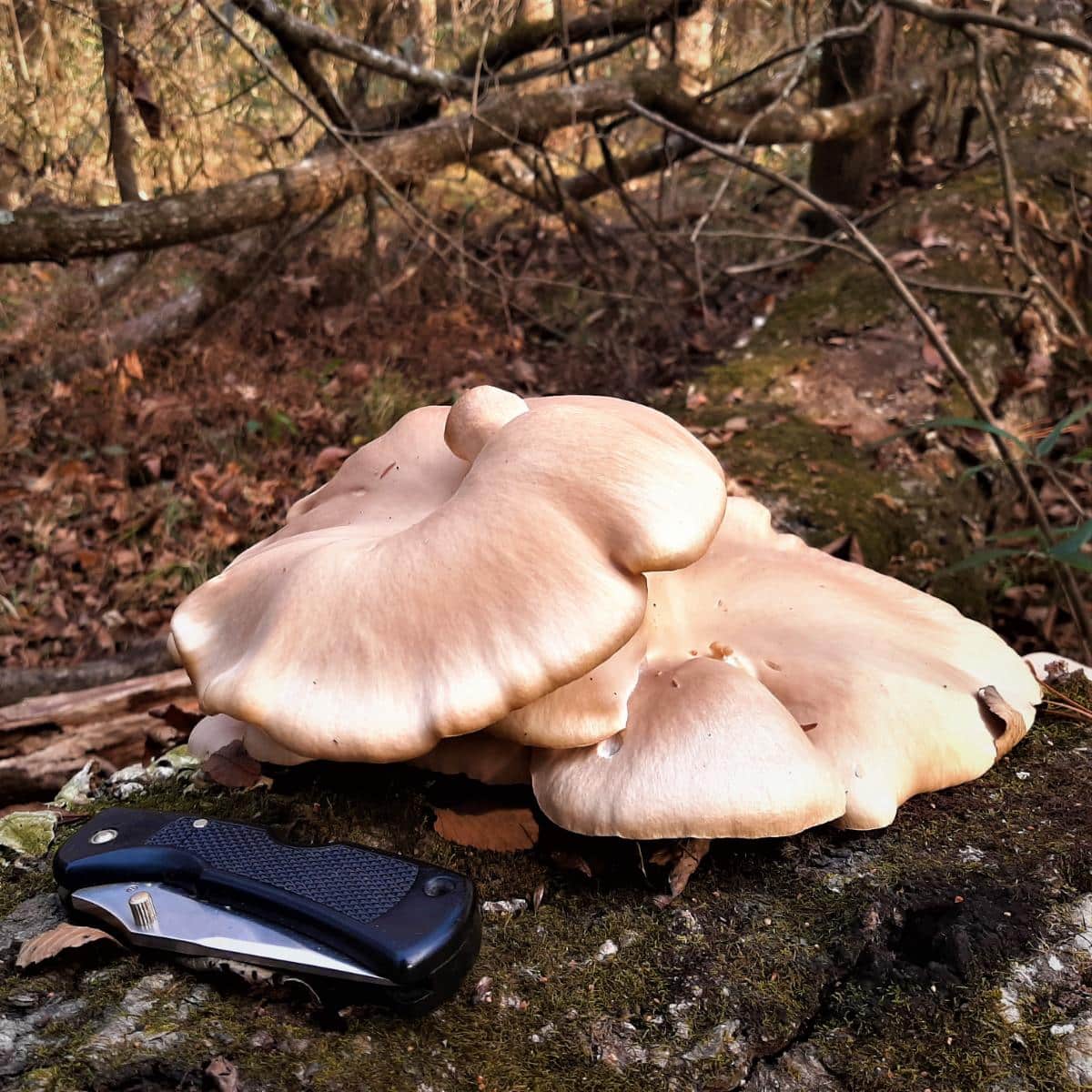
As with most things, learning in steps is usually a successful approach. First, learn about gills, teeth, and pores. Next, learn about stem shapes. Take it in incremental steps. Don’t worry about getting it right all the time or feel you have to know everything.
Everyone learns at their own pace and according to their own level of commitment. You do what’s best for you. If it takes ten years to learn 5 species, that’s totally fine. It’s better than nothing, and knowing 5 species inside and out is much better than knowing 10 species imperfectly.
When you’re out in the woods, apply the book knowledge to the physical mushrooms. Do it with every mushroom, not just ones that might be edible. If you just focus on the top edible species, you’ll miss out on a lot of truly amazing fungi.
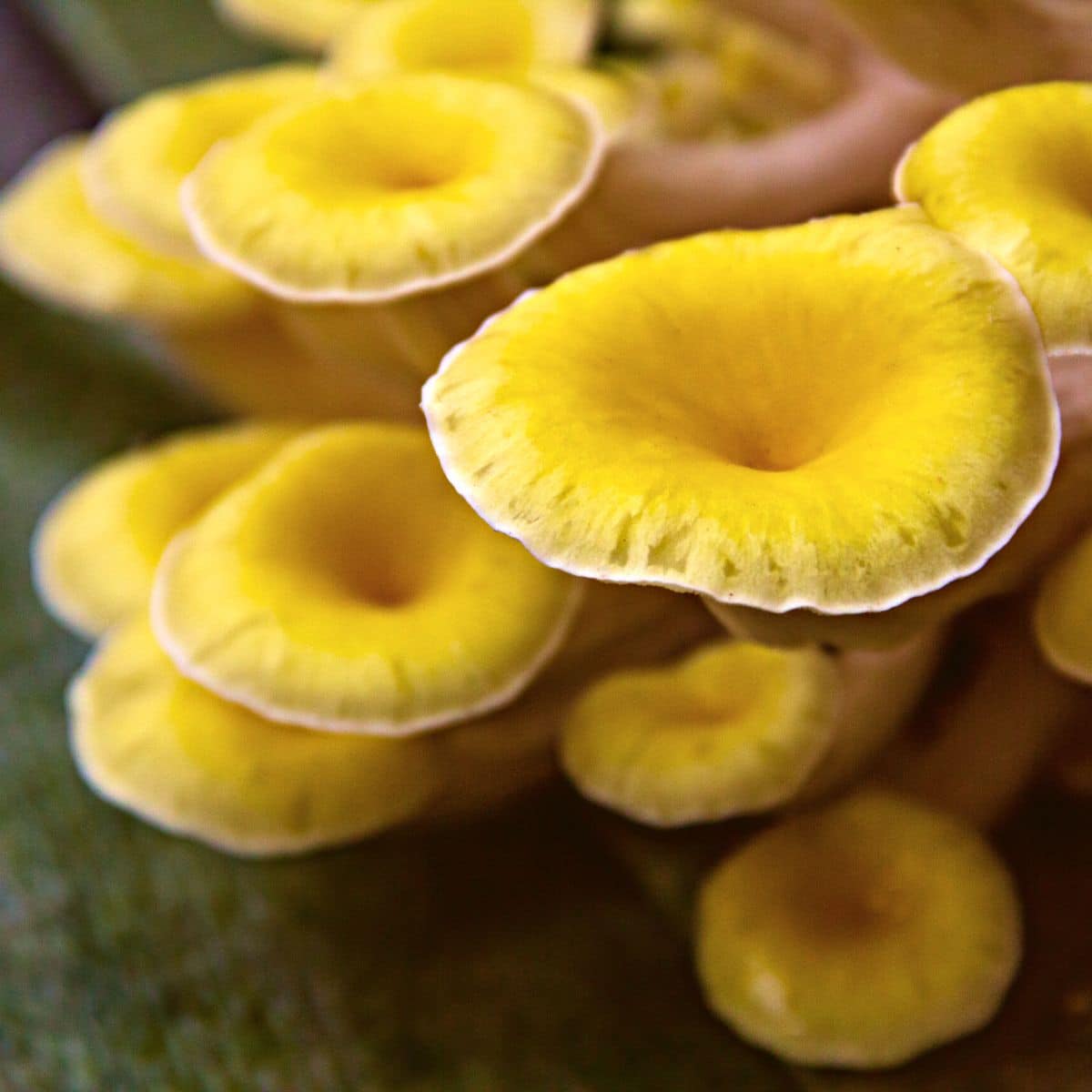
Patience
Be patient with yourself! It takes years to become a good forager. Those folks you see posting crazy awesome finds on social media didn’t just wake up one day and stumble across mushroom gold. The top mushroom foragers have been at it for years, even decades. They’ve done their time reading, hiking, exploring, and observing; now is their time to shine.
And still, there is much they probably don’t know. This is a field where there are few true experts because there is always more information, new species, changes in classification, and so forth.
Unless you’ve got a photographic (eidetic) memory, you’ll have to spend some time learning. But, again, it’s not complicated. It just takes time. A lot has to do with the mushrooms themselves.
Some species are super predictable, but others fruit when they want, won’t appear unless conditions are absolutely optimal, or are just fussy. This is the natural world; there is some predictability, but in the end, Mother Nature and the mushrooms will do as they want.
Part of becoming a successful mushroom forager is understanding seasons, climate conditions, rainfall, droughts, tree issues, and a host of other things we cannot control. And, with climate conditions changing, there is a whole lot more to observe as mushrooms are actively changing their timelines along with the climate.
Successful mushroom foragers are obsessed with the weather, following conditions closely every year because no year is the same as the previous. This is another reason succeeding at mushroom hunting is complicated; every year is different. For example, while we know the morels will appear, it depends on how much rain there is, the temperatures, and overall climate conditions to know exactly when they’ll pop up.
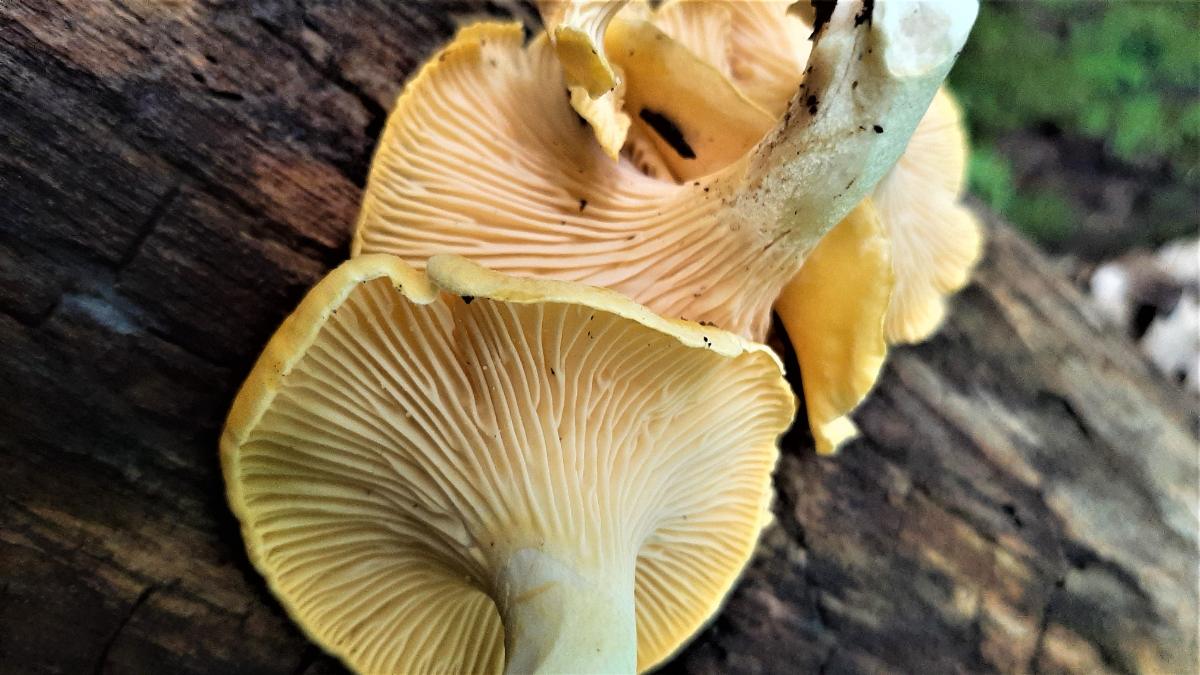
Preparation
Don’t ever go into the woods unprepared. Seriously. Every year a mushroom forager goes missing in the woods because they went off the trail (probably because they saw something really neat), got turned around, and couldn’t find the trail again. I know people who think that won’t happen to them, but I assure you, it happens to even the most skilled.
One reason for this is that when you see something neat (hello, porcini!), you might forget to visually observe your surroundings as you hightail it to the mushroom. And then, there are shrubs, trees, hills, and all sorts of natural terrain blocking the dirt path you were on previously.
Just don’t take chances, please. Travel with:
- Water
- Snacks
- Compass
- Cell phone
- Knife
- Flashlight/headlamp
- Bags or baskets to carry mushroom finds
- Sunscreen (if necessary)
- Bug repellant (almost always necessary!)
- Hat
- Raincoat (if necessary)
And make sure you’re wearing appropriate footwear!
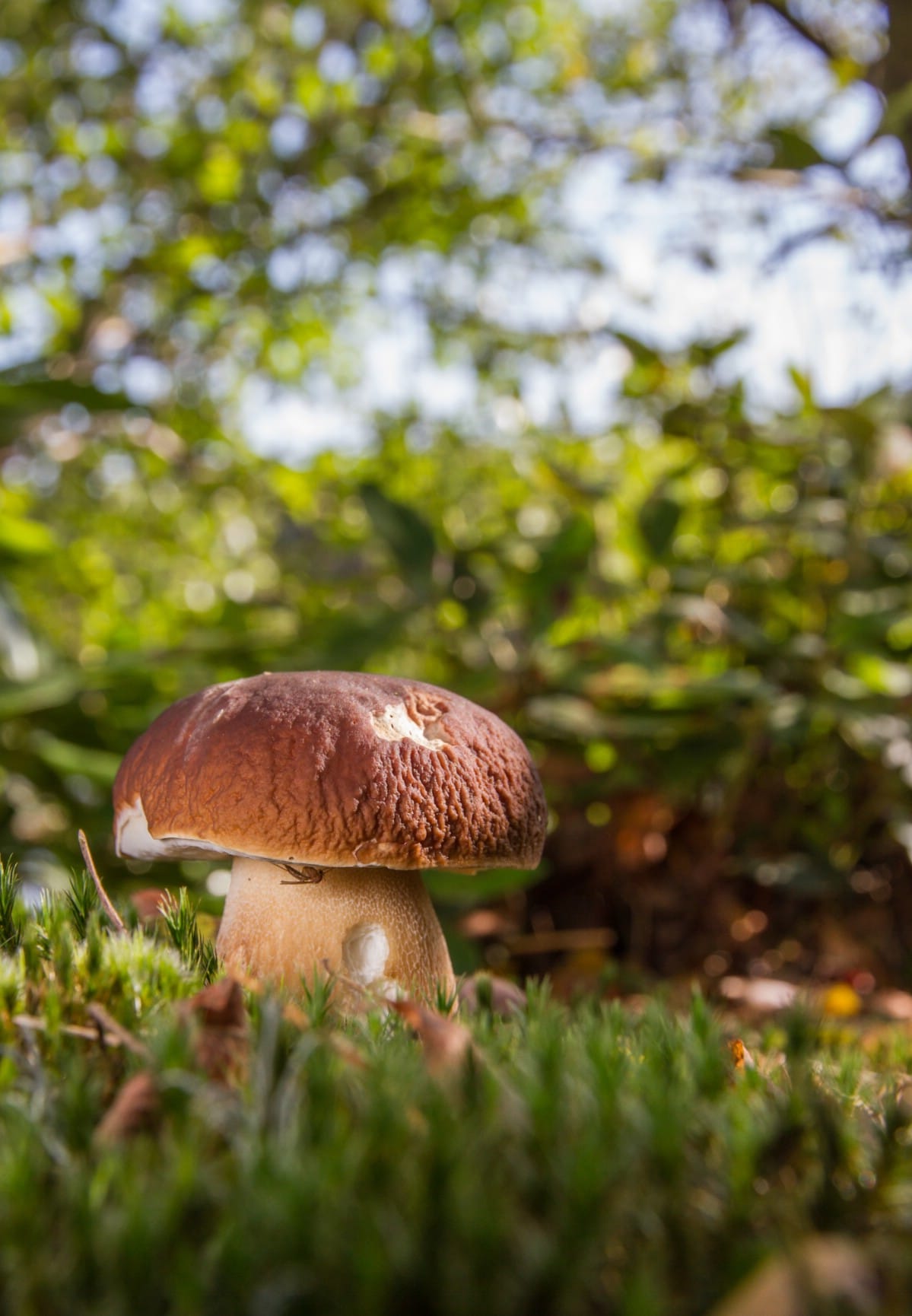
Journaling For Mushroom Foraging Success
The best mushroom foragers keep a yearly journal of their finds. This is super important to learning when mushrooms fruit in your area. Fungi can be extremely climate and microclimate specific. For example, where I live, black trumpets will pop up on one side of a very very small mountain two weeks earlier than on the other side. These two spots are 5 miles apart, as the crow flies.
A mushroom foraging guide cannot teach you this type of specificity to your region. Even an expert forager would likely not be able to predict this. And, the only way this forager figured out that it was almost exactly two weeks apart every year was by consulting foraging finds in the mushroom journal, going back several years.
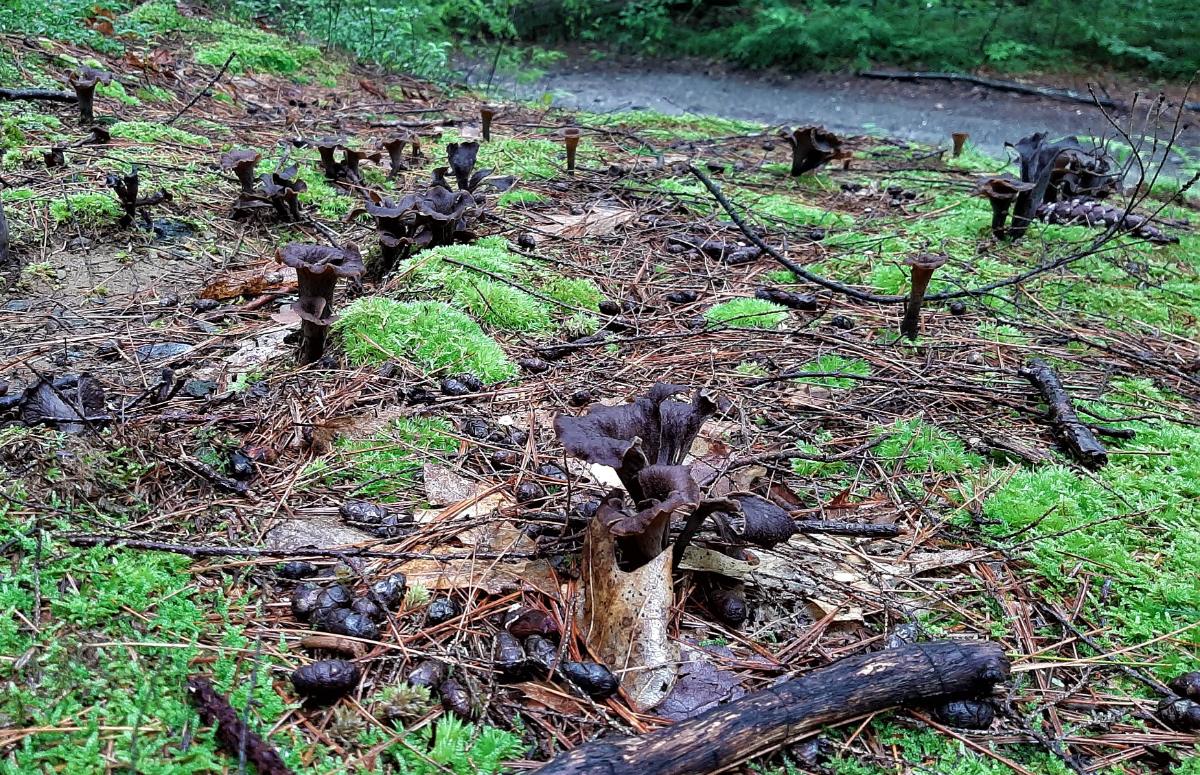
This journal is for recording finds but should include lots of other pertinent information to help you learn your region and know exactly when to hit the woods. Knowing the proper time to make the trek for those jackpot spots that are deep in the woods is of immeasurable value. Do you want to make the 5-10 mile trek on speculation or on more solid evidence of timing?
If you’ve ever done this anticipatory mushroom hike, you know how much it sucks to trek out to the spot to find nothing there. And then do it again the following week. And the following. All this information goes in the journal, though! Don’t let all that walking be a waste of time – it’s part of the learning. Document it; learn from it; next year will be better because you will be more informed.
Information to include in a mushroom hunting journal:
- Mushroom species
- Notes on the particular species – were the mushrooms buttons or fully mature? Were there a lot or was the picking sparse?
- Date and time it was found
- Exact location
- Trees and flora nearby
- Weather conditions that day (temperature/precipitation)
- Notes of interest – was there rainfall recently? Has there been drought conditions? Is it humid?
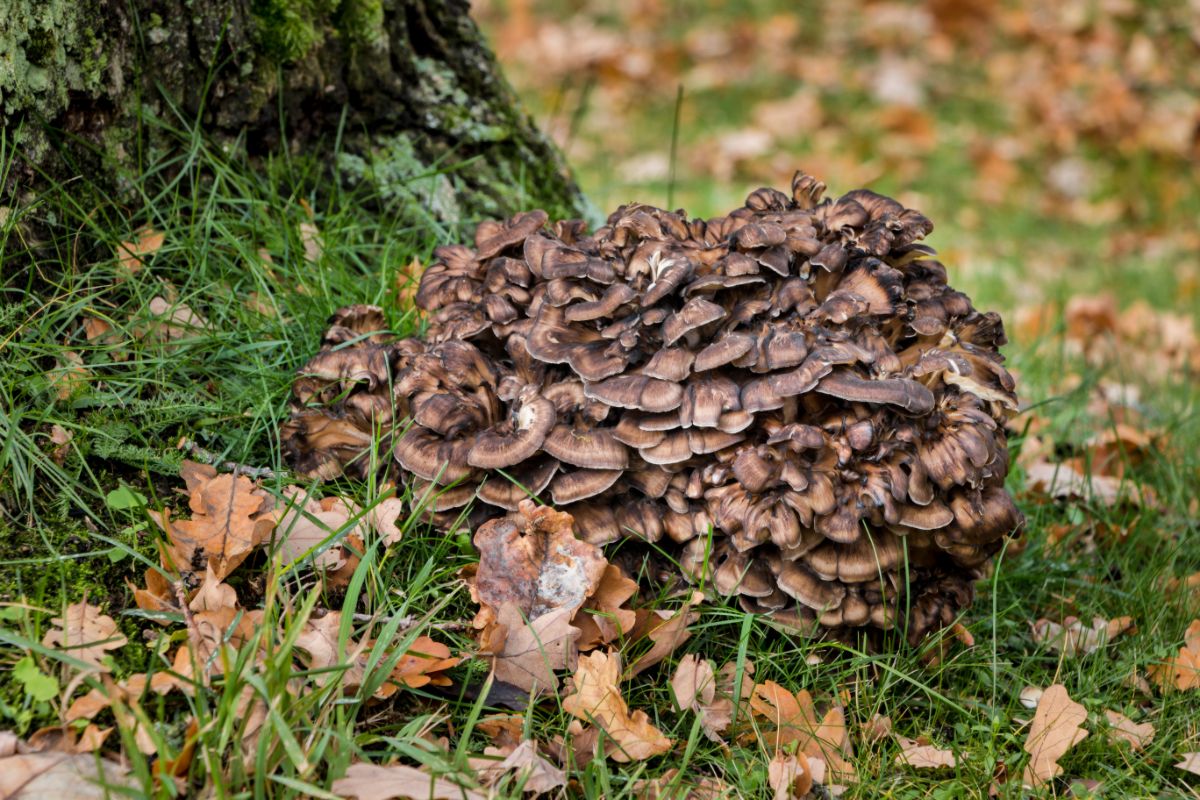
Join a Mushroom Forager Club
Some of us aren’t joiners, but the benefits of joining a local mushroom hunting club or mycological group are priceless, even for the loners and introverts. Seriously, most people in these groups are a little odd; I mean, you kind of have to be a little wacky to be obsessed with mushrooms, right?! Right?!?
Okay, for real, though, clubs are amazing. Most mushroom groups host forays to local woods to hunt mushrooms. A foray is a group trek into the woods for the sole purpose of discovering fungi. They’re usually led by a senior member of the club who has an encyclopedic knowledge of mushrooms, and you’ll learn more in an hour or two than you could ever learn on your own or from books. There is nothing like being able to pick a mushroom, show it is someone right there, and get an ID.
These groups generally don’t cost a lot, maybe $20-40 for a yearly membership. The amount of learning and experts you’ll have access to is entirely worth it. Don’t forget, though, that it’s up to you to attend the events and engage with the group. You have to show up to get the priceless hands-on experiences.
This guide to local mycological clubs in North America is an excellent place to start. There may be other more informal or private groups in your area; Google should be able to help you with that.
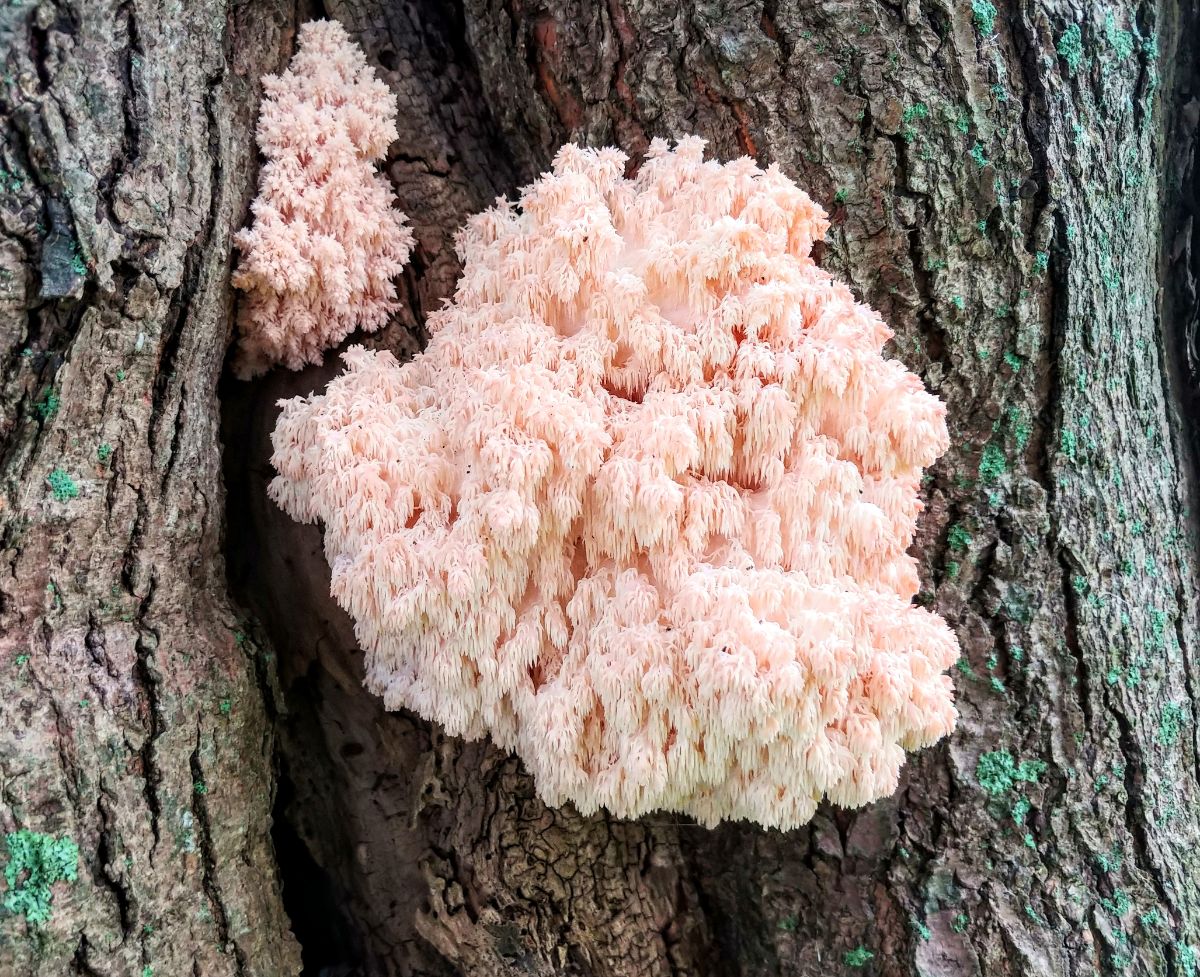
Use Online Resources
There are many places online (including yours truly) that are excellent sources of information. But, of course, because it is the onlines, there are a bunch of less-than-great sources too.
Trustworthy Mushroom Sites
- Mushroom Expert (Michael Kuo is detailed, precise, and an excellent and very reliable source)
- Tom Volk’s University of Wisconsin site (RIP Tom, you were a godsend to the mycology community)
- Bolete Filter — Incredible identification guide for boletes, created by Scott Pavelle and the Western Pennsylvania Mushroom Club
- Forager Chef (Chef Alan Bergo features incredible recipes and cooking advice)
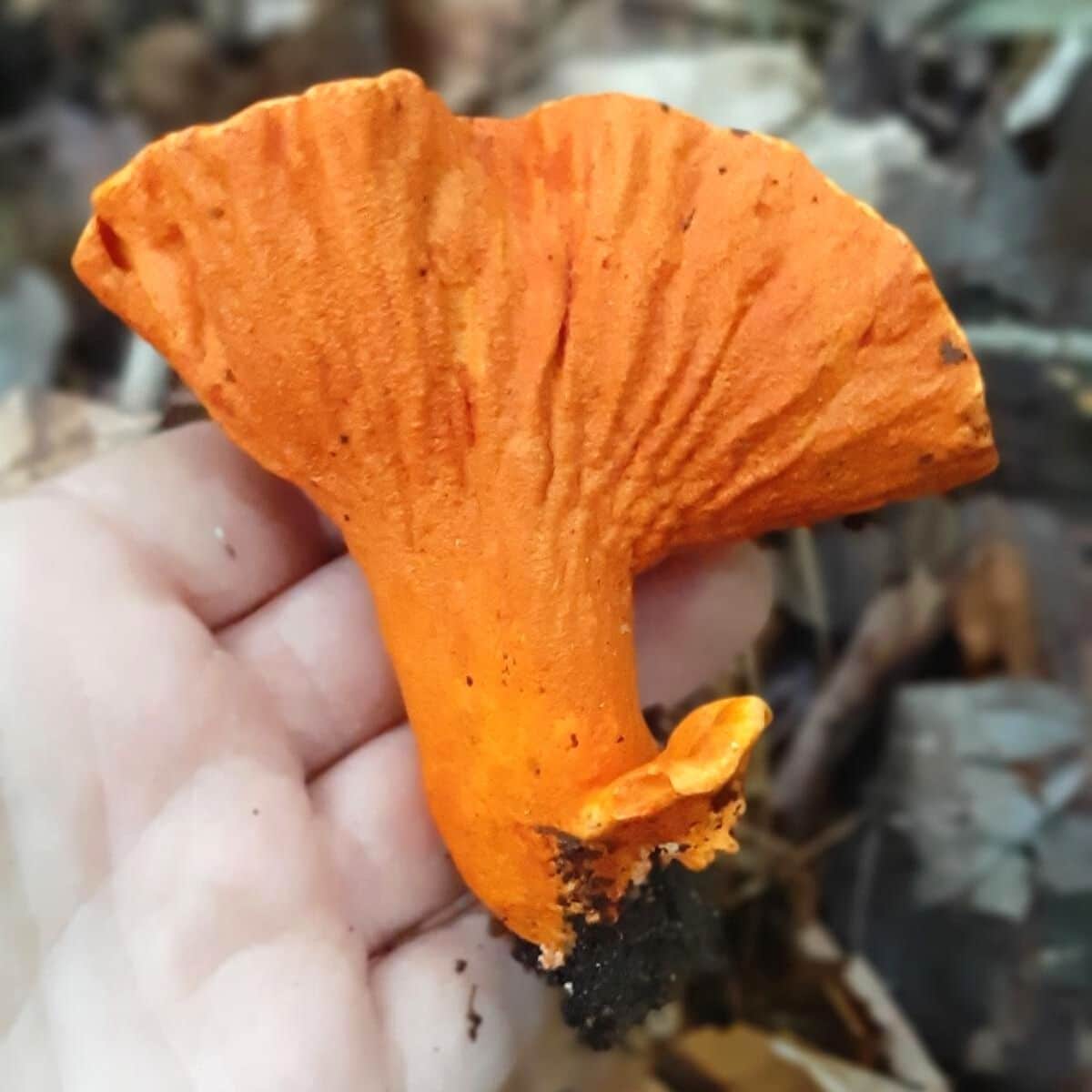
Okay, so Facebook, as you can probably guess, should be taken with a LARGE grain of salt. There are some incredible groups, and some are just terrible. Also, and I hate that I have to say this, but never ever ever take someone’s word on Facebook, especially regarding identification. Some folks talk like experts but don’t know a porcini from a pear.
That all being said, Facebook can be an extremely useful tool as long as you approach it as just that – a tool. It can help steer you in the right direction, but the final identification is ultimately up to you.
One of the best reasons to join Facebook mushroom groups is to see what other people are foraging. And it’s a great way to check the advance of the season. For example, when I see folks in North Carolina foraging morels, I know my morel season will start in a couple of weeks. That’s because morels fruit in spring, as soon as the weather is accommodating. They’ll appear in the south first, then start showing up further north.
If you’re in the PNW, join a local group to follow the morel, king bolete, and chanterelle seasons – you’ll know the prime time when everyone starts putting up pictures of their enormous hauls.
Local Facebook mushroom groups are by far the best, as opposed to the larger nationwide or worldwide ones. This is especially true when you’re new to foraging. When an experienced forager posts their chanterelle finds, you know it’s time to start seeking chanterelles and so forth.
It’s also an easy and convenient way to start learning the species’ seasons for your particular location. Remember, North America is huge and mushrooms do not fruit at the same time in every single locale. In fact, it is highly variable across the country!
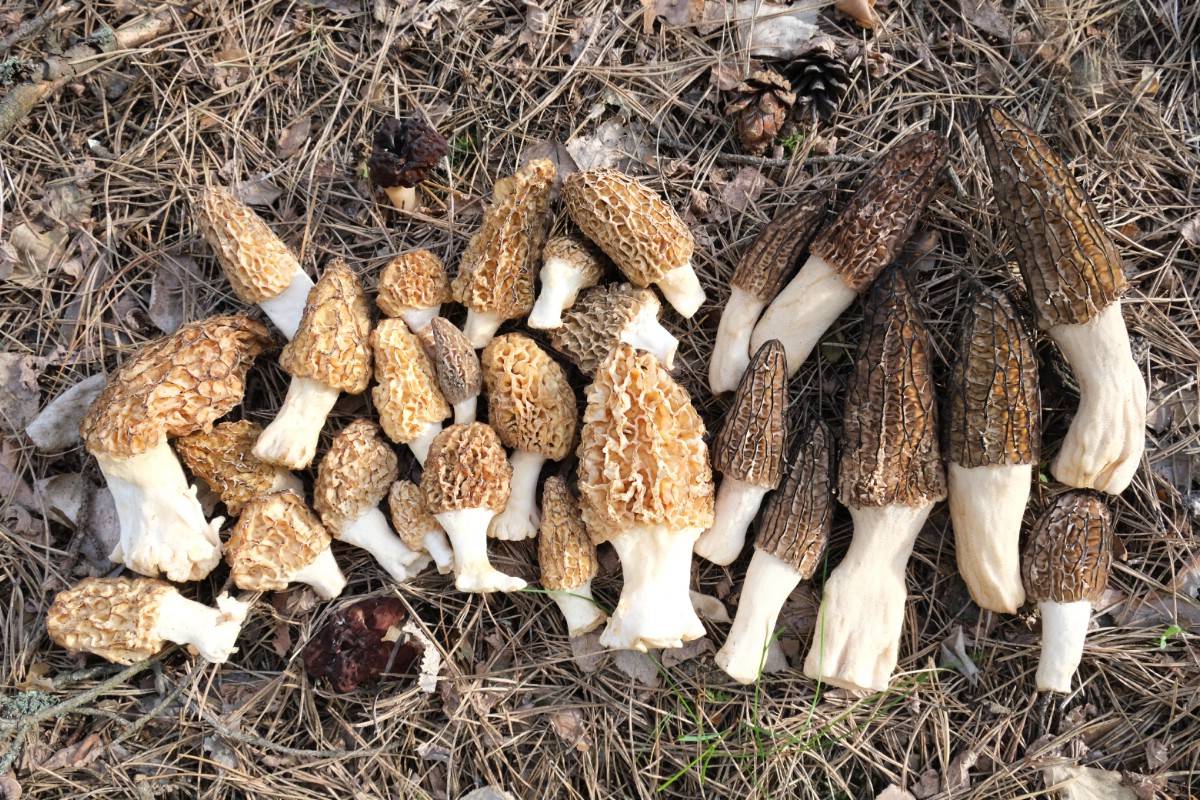
Read A Book (Identification Book, that is)
Foraging and field guides are essential. The nationwide guides are okay, but make the investment in one for your region. This post details the best guides by region, so you can get just the right ones for you.
Embrace Nature and Follow The Rain
The phenomenal mycologist David Arora named his renowned mushroom hunting guide, “All That The Rain Promises, and More” and this writer can’t think of a better title when it comes to mushroom foraging.
Mushrooms need moisture to grow, and in nature, this usually means rain. Rain = mushrooms 99.9% of the time. Now, the mushrooms that appear might not be exactly what you’re looking for, but with experience, practice, and patience, you’ll start to learn what the rains will bring.
Some fungi appear quickly after the rains, while others wait a few days or longer. This is also something to learn and something that takes time to figure out successfully. Every species has its own timetable.
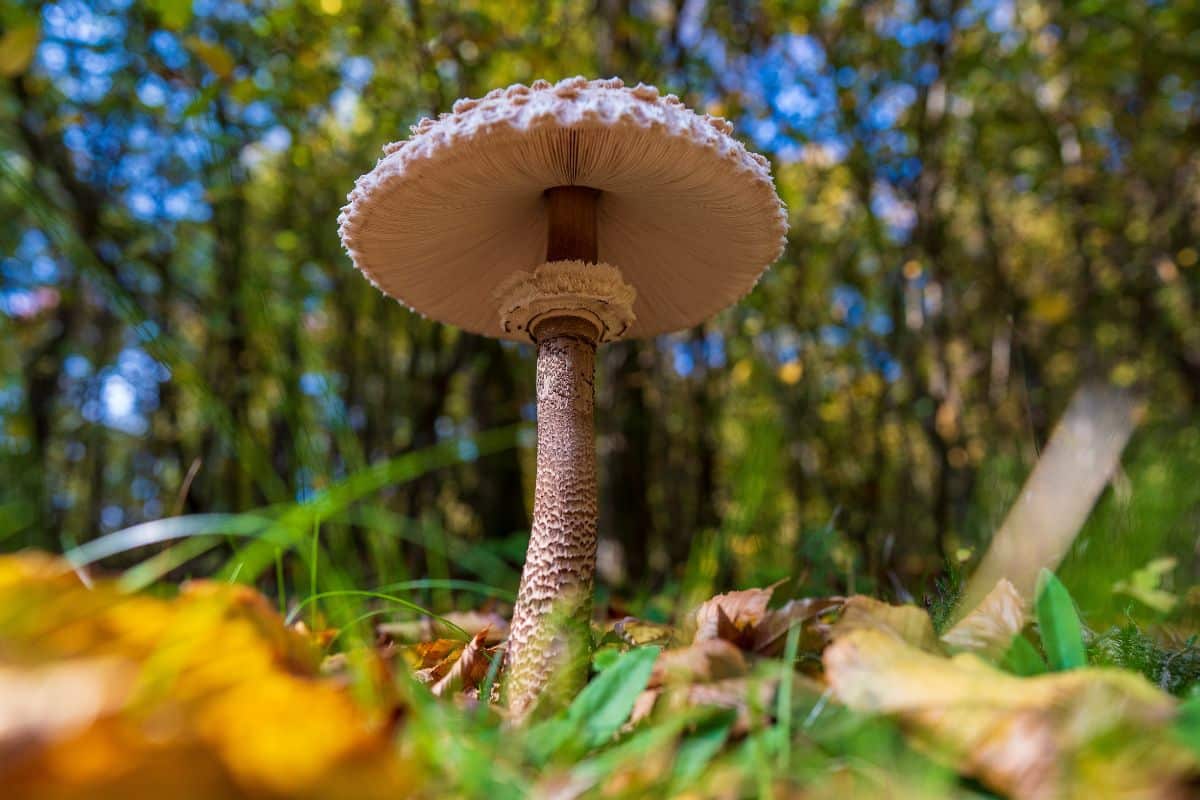
Pay attention to regional storms. Remember how previously I said one side of a (very small) mountain gets black trumpets two weeks before the other side, even though they’re 5 miles apart? This is because summer rain storms hit one side of the mountain more often and with more force than the other side.
If you track the weather around you, it may be that 5, 10, or 30 miles away, they get tons of good mushroom-producing rains while you get very little. Don’t be limited to your one town or area; venture out and see what other good potential sites are around.
Do some research on microclimates and start learning about the differences all around you. Are there mountains, hills, ridges, lakes, or other natural phenomena that influence weather patterns in your area? All these will affect how and when mushrooms appear.
Another great way to find mushrooms is to look around bodies of water. Following streams, circling lakes, and looking around bogs and marshes are usually pretty great and rewarding. Of course, you must go at the right time of year for the mushroom species. Don’t worry, though. You’ll pick it up as long as you get out there and explore.
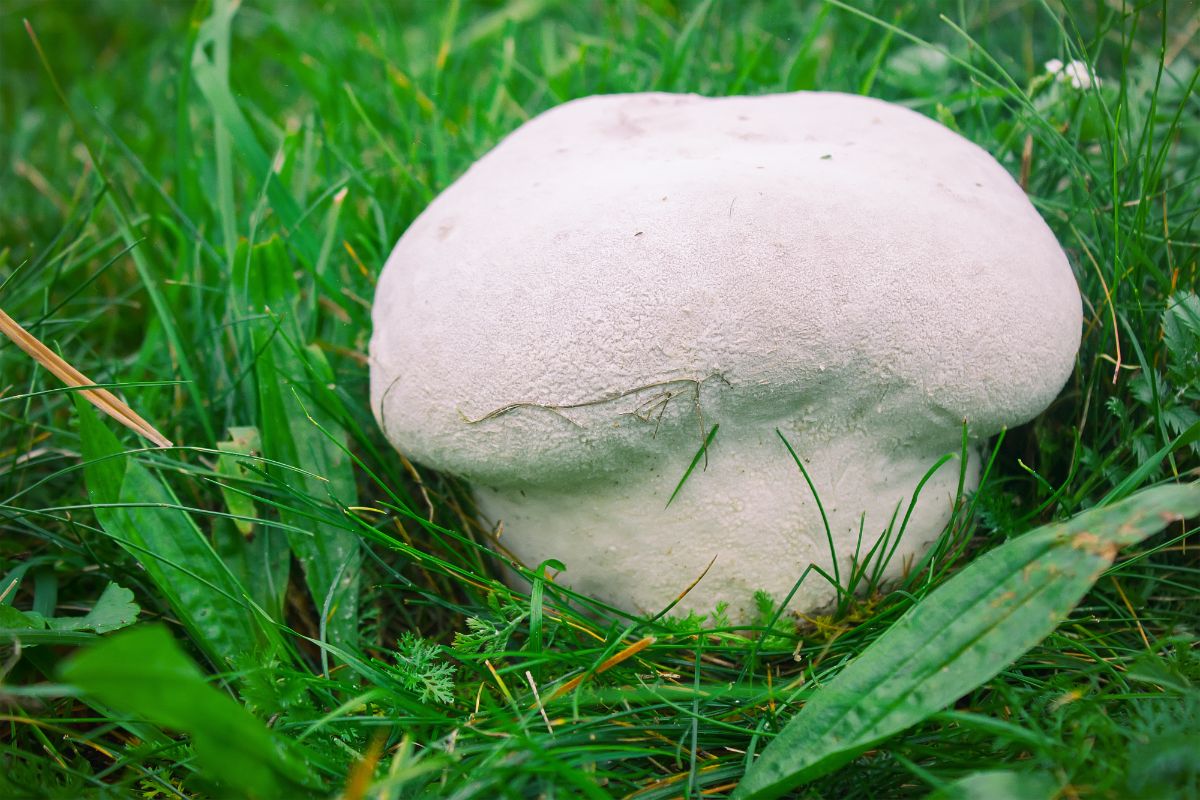
Develop Your Mushroom Eyes
If you’ve ever gone out foraging with an experienced mushroom hunter, you might have noticed how they look at the world around them. The eyes never stop moving; they never stop scanning the environment for telltale bumps along the ground or flashes of familiar color in the trees. This skill only comes with time, practice, and lots of patience.
One day you’ll be out in the woods looking around, just like you always do, and suddenly realize you’ve got the mushroom eyes. The mushroom eyes know what they’re looking for because they know what’s in season, they know whether it’s better to be scanning the ground or looking up in the trees, and they know to never stop looking because fungi, if not anything else, are unpredictable.
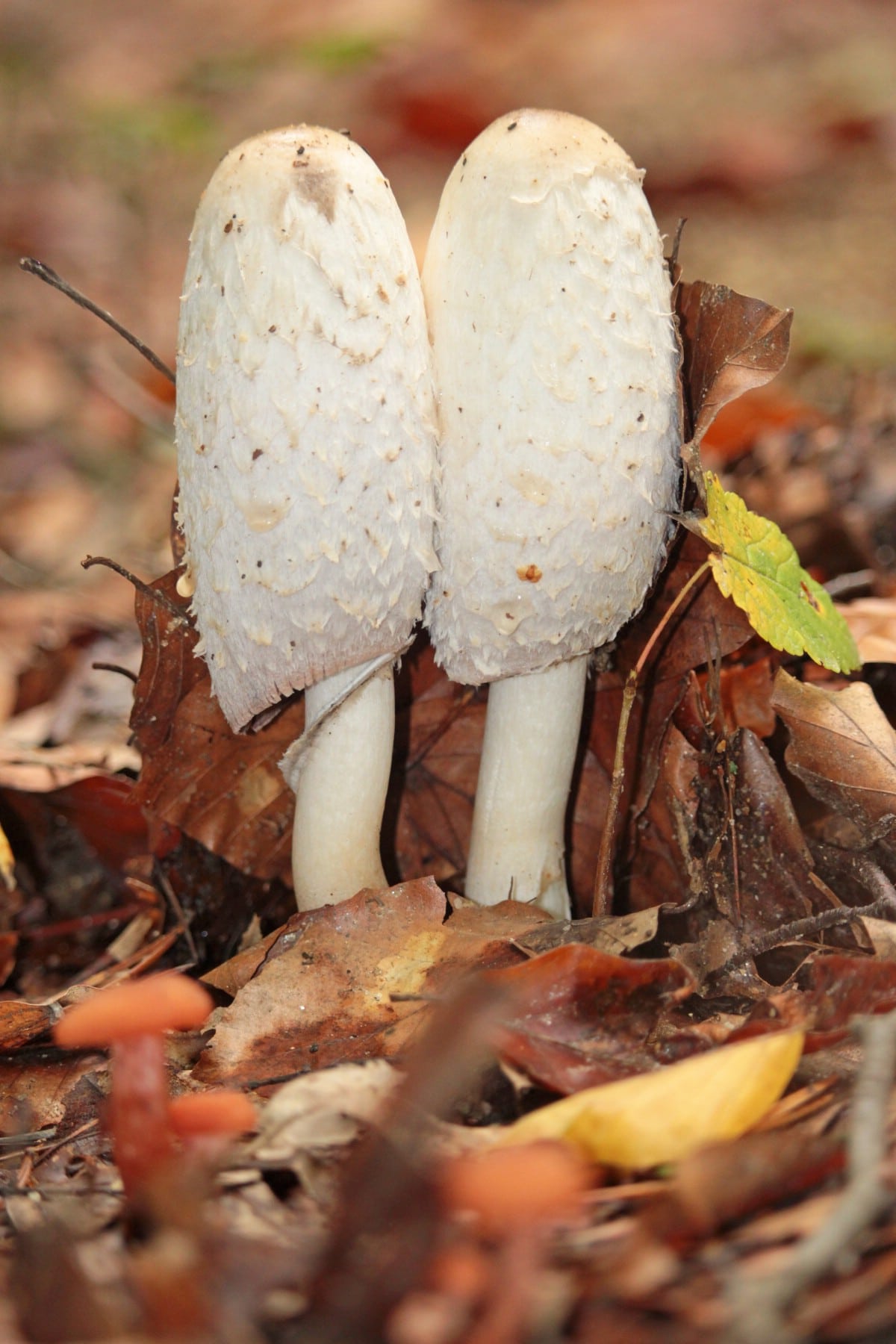
There’s no way to teach this skill except to say “never stop looking.” It doesn’t matter where you are or how long you’ve been foraging. Out for a short walk with the family; look around you. Walking across the field on the way somewhere else, keep an eye on your surroundings.
Don’t just look down. Don’t just look up. Scan, scan, scan. Soon, you’ll recognize that the little bumps covered with pine needles could be porcini. You’ll notice that there’s a boggy spot by the stream that is a prime habitat for hedgehogs. Milky caps might like that spot, too.
Habitat Is Paramount
It is essential that you understand the connection between a mushroom’s preferred habitat and its ability to fruit. Mushrooms do not exist in a bubble. Burn morels in the PNW, as the name makes clear, grow in old burn sites, but not just any burned forest. They grow in recently burned conifer forests.
Meanwhile, one of the black morels in the eastern United States grows exclusively with hardwood trees, preferring ash, cherry, tulip, and apple tree species. Note that not all black morels in the eastern US grow with the same trees.
Each morel species grows in alliance with a tree type, and the only way you’re going to find morels is to know which tree the mushrooms in your region build ties with. This type of relationship is symbiotic, essential for the fungus and possibly for the tree, too.
If you neglect the importance of trees and habitat preferences, you’re not going to get far as a mushroom hunter. Understanding the landscape is essential. You don’t have to learn all the trees or start up a degree program in ecology (although that helps a lot!), but you do need to be aware and willing to learn about the flora in an environment.
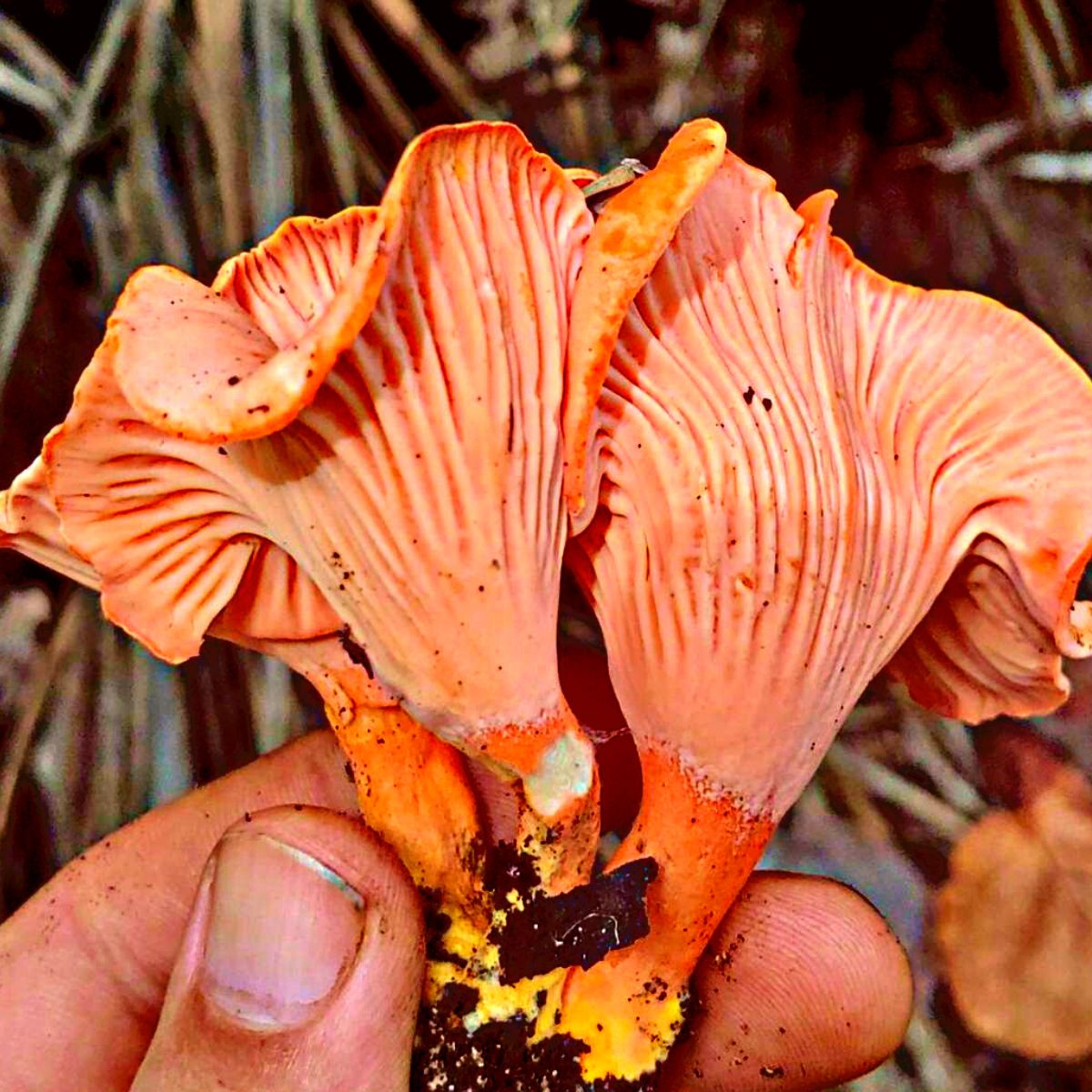
This knowledge is also critical for identification. There are 40(ish) types of chanterelles in North America. If you want to know which one you found, you will likely need to know the type of tree it was growing near.
It helps a lot to have at least a basic knowledge of tree species. Hey, why not learn tree identification along with mushroom foraging? They do go hand in hand. Make sure you get a tree guide for your region. Tree species vary widely across this enormous country. A pine in California is different from a pine in West Virginia. And yes, it does make a difference.
The Victorious Roadside Mushroom Forager
Mushroom hunting usually brings forth images of long treks in the woods, sweating, tiring, exhaustive adventures to find mushrooms. But let me reassure you, you can discover some phenomenal jackpots alongside the road. In fact, some of the best foragings I’ve done is by driving old country roads and just looking.
It’s better to have a friend go with you on roadside forays, so you don’t drive off the road. Driving and mushroom foraging aren’t the best things to do simultaneously. However, I bet almost every die-hard forager does it without even thinking.
Just glancing at the side of the road while you’re zipping by, you can catch some tremendous fungi. Then, it’s all about carefully and legally doing a u-turn, parking where you aren’t going to get run down, and jumping out to investigate your find.
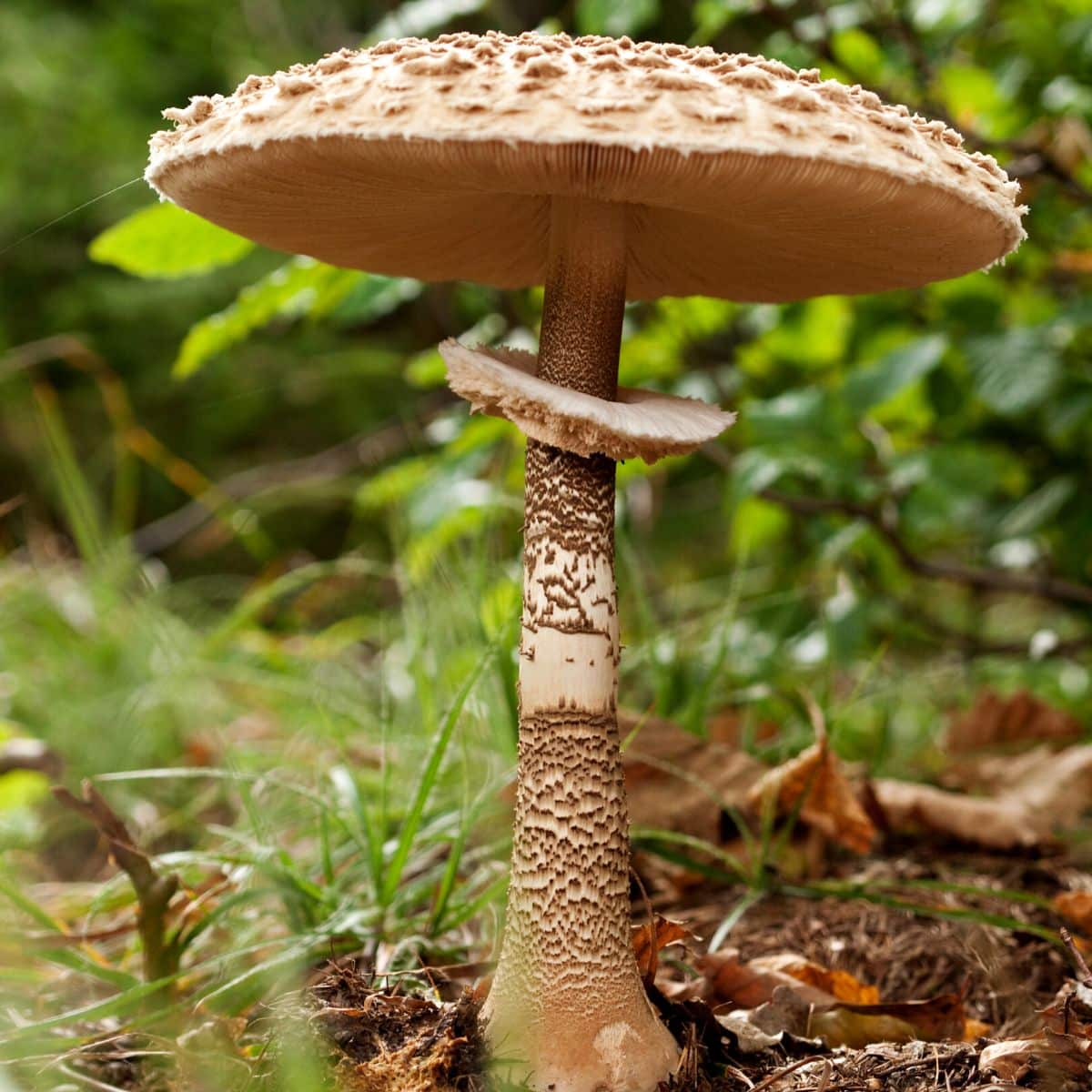
Be Willing To Make Mistakes (But Not Deadly Ones)
A key part of becoming a successful mushroom forager is being willing to get out there picking mushrooms, working through the identification steps, and making an ID. In the beginning, you’ll probably be wrong a lot of the time. That’s totally fine. Everyone started from zero at some point. Only practice and repetition separate you from the successful foragers.
To be clear, making mistakes refers to identification only and does not apply to eating or edibility. Do not mess around with eating mushrooms you’re unsure about or guessing on identification. There are some extremely dangerous (i.e. deadly) species out there.
In fact, it’s best not to eat any mushrooms initially, even if you’re reasonably sure about their identification. Focus on the steps to identification, learning a new species, and how to be 120% sure of your discovery. All this focus on edibility causes otherwise somewhat reasonable people to make some very bad decisions. You’ll do much better if you take the whole edibility question out of the equation.





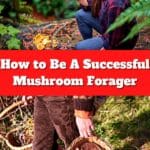
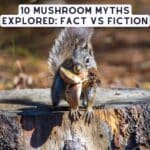
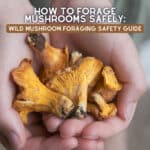
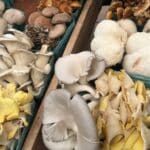
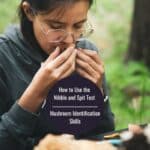
Nolan
I live 2 hours away from the rocky mountains,what mushrooms will I find?
Jenny
I don’t know the exact mushrooms in the Rocky Mtns. You’re best bet is to contact a local mushroom club or group and join their forays or ask them what is in season when.